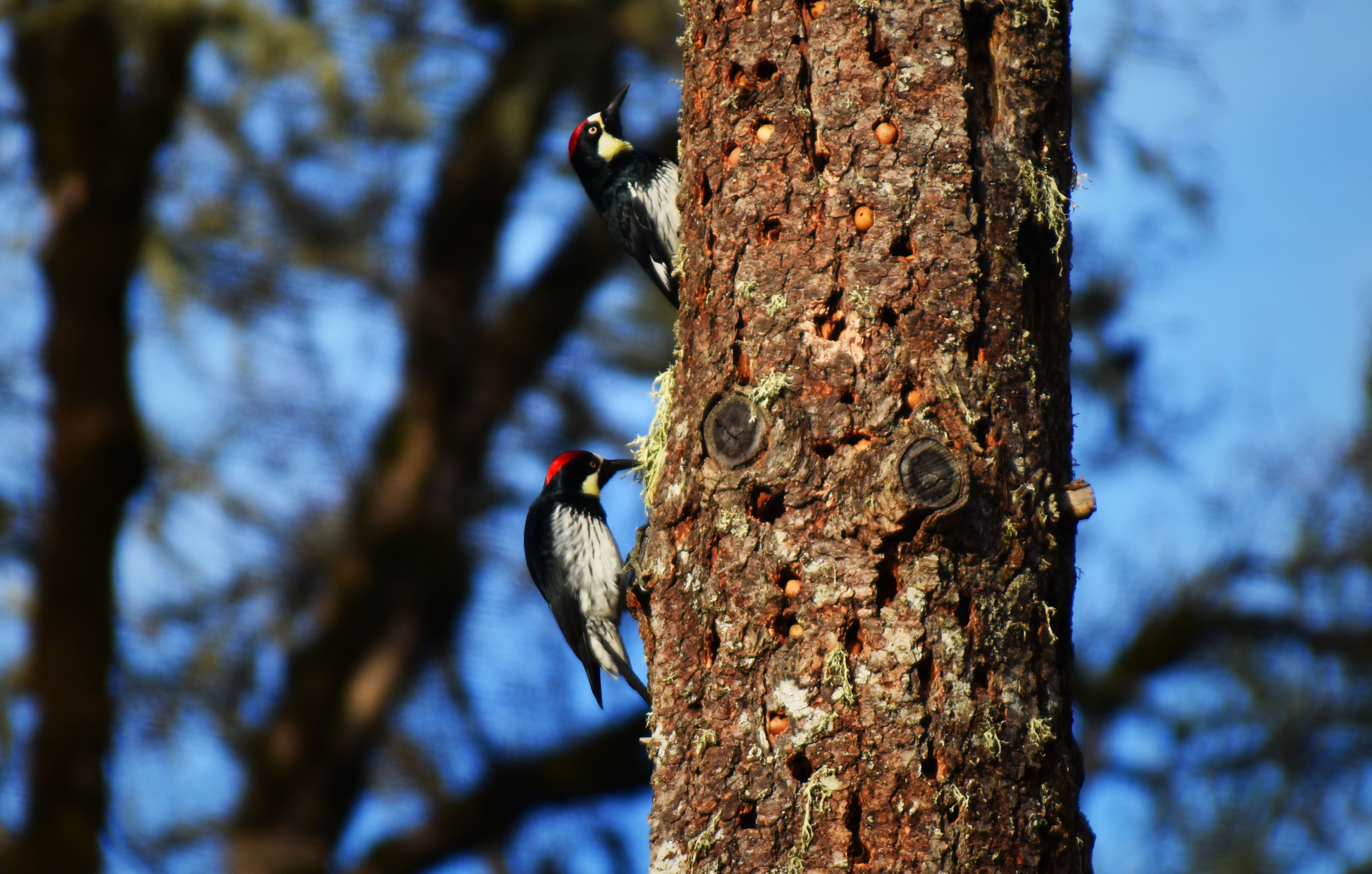Escrito por: Claire Phillips | Redactora de Entretenimiento
Most Americans know who Punxsutawney Phil is, and it’s not just for his dashing looks. Every year on Feb. 2, the Pennsylvanian groundhog makes an appearance to predict the weather. However, Phil only has a 39% success rate, but he still has an almost cult-like following.
Fox Weather claims Phil drinks a magical elixir — a secret recipe — to help him live forever, so he can predict the weather for eternity. The weather magician lives in a climate-controlled, light-regulated burrow adjacent to the Punxsutawney Memorial Library.
The months between February and April are an unpredictable time. Especially throughout the Pacific Northwest, both snow and sun, in addition to the usual rain, can be expected at this time of year. Many lean on Phil in an attempt to forecast the upcoming season.
This February, Phil predicted an early spring. After the ice storm that hit Oregon in January, it’s refreshing to see some warmer weather come to town — especially in an area that lacks vitamin D. However, a secret season occurs before real spring — known as false spring.
False spring refers to the period before the spring equinox when weather conditions become unusually warm, before returning to a regular bitter winter state. Not only does false spring trick people — and Phil the groundhog — into believing the mild season has begun early, but even vegetation can come out of dormancy.
An early spring also means early allergies. Many suffer from grass and pollen allergies as the beautiful flowers of spring begin sprouting. These seasonal plants may be seen as early as January or February, because of the false spring phenomenon. Always keeping allergy medicine on hand may be a good idea.
The underlying cause of false spring is, of course, climate change. Between winter and spring, fluctuations in weather patterns may be detrimental to the environment. Could Phil have predicted this?
Sophia Espinoza, a Western biology major, spoke on what the changing weather means for the future. “This decreased season time… may be inconvenient for us when we have to pack away our sweaters earlier each year, but these rising temperatures are a warning signal for the collapse of many natural resources… that are vital to maintaining a healthy biosphere on earth,” Espinoza said.
Warm season lovers can look forward to daylight savings time on March 10. It may not be time to break out sun hats and bathing suits, but the time will come soon enough. If Phil says spring is on its way, it must be true.
Póngase en contacto con el autor en howlentertainment@wou.edu








